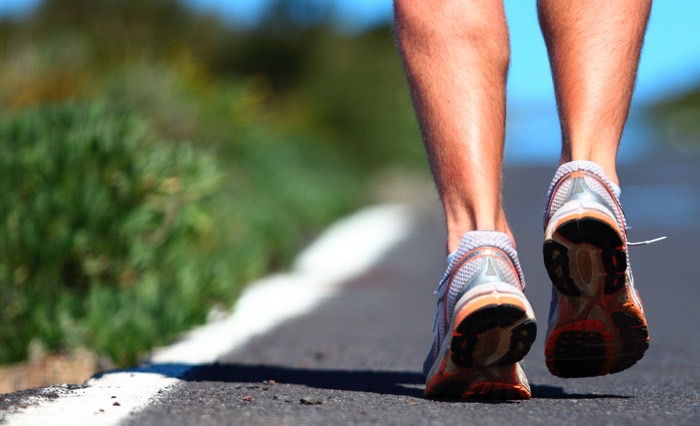 As a triathlete, you monitor your diet and water intake, your training and exercise regimen. You track your progress, track your times. You look for the best workout apparel, find the best race day attire and swimsuit. You look for the perfect bike.
As a triathlete, you monitor your diet and water intake, your training and exercise regimen. You track your progress, track your times. You look for the best workout apparel, find the best race day attire and swimsuit. You look for the perfect bike.
At the end of the day, you put a significant amount of time, effort and money, not to mention blood, sweat and tears, into preparation for your next race.
In the midst of all of that preparation and training, it’s easy to overlook one vital component of your training regimen – something that directly impacts your comfort and success: your breathing.
No, I’m not just talking about in and out, or through your nose or mouth. I’m talking what you do for the rest of your muscles - training. You train the rest of your muscles – why not do the same for your respiratory muscles? You certainly ask a lot of them!
You rely on 12 sets of muscles to contribute to your breathing. What if you could train and work those muscles for greater strength and efficiency? You can.
But first, why bother?
Why Train Your Respiratory Muscles
Breathing is automatic, you say. Aren’t I training my respiratory muscles when I exercise?
The simple answer: no. Research shows that your respiratory muscles can limit exercise performance and endurance. High intensity physical exertion impacts four key areas that affect your breathing:
- The Work of Breathing
- Respiratory Muscle Fatigue
- Physiological Stress
- The Sensation of Breathlessness
You can learn more about these components and the stress placed on your respiratory muscles from this white paper.
In effect, your respiratory muscles “steal” blood and O2 from the periphery muscles in your arms and legs.
At 85% VO2max and up –
- Breathing requires 15% of total O2 used by the body.
- Athletes, particularly triathletes, encounter problems due to breathing restrictions from running, swimming and cycling.
Because of this, training your inspiratory and expiratory muscles can help you breathe better, impacting your daily training and race day efficiency.
How to Train Your Respiratory Muscles
So, how do you train your respiratory muscles anyway? Much like you would use weights and do reps for resistance training, you can do resistance training for your respiratory muscles.
There are several devices out there that provide some type of training, but most fall short - the primary issue being, they are not comprehensive. They only train inhale muscles. You don’t do this with the rest of your muscles at your gym or health club, and it certainly doesn’t make sense do this with the muscles you use for breathing.
This frustration led to the development of the PowerLung – a breathing device that offers a way to work and strengthen the muscles you use for both inhalation and exhalation.
What is PowerLung?
PowerLung is a respiratory strength training device that works the muscles you use to inhale and exhale. It uses threshold resistance to work your respiratory muscles. Learn more about how it works here.
Why Triathletes Use PowerLung
Triathletes use PowerLung for a variety of reasons, including
- Stronger Respiratory Muscles To Improve Use of Lung Capacity
- Greater Oxygen Uptake For Better Oxygen Debt Management
- Higher Aerobic Capacity
- Lower Respiratory and Cardiac Rates
- Improved Training Endurance
- Stronger Core Body Muscles
Better Breathing
By training your breathing muscles you provide yourself better capability to maintain good form for swimming by perfecting your breathing technique and for better race management. If your respiratory muscles are better trained, at the end of the race you can use that to your advantage to manage your race and your opponent. To learn more about why your respiratory muscles need training, read our Breathing Dynamics white paper.

